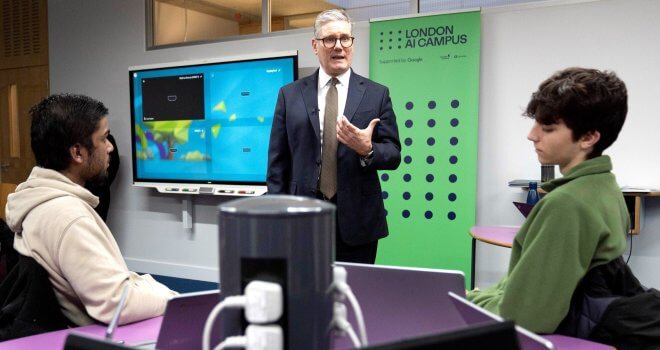How To Manage A Successful Digital Project (When 84% Fail)

As a project manager, the thought of having to abandon your project or have it cancelled part way through will likely bring you out in a cold sweat. However did you know that 31% of digital projects end up being abandoned or cancelled completely?
A recent Standish Group CHAOS survey found that 84% of digital projects fail to meet their objectives, with most delayed, running over budget, and/or failing to deliver on what was promised.
To make sure your digital project is not part of that depressing statistic, as a project manager it is important to avoid the following pitfalls:
Poor scoping and resourcing
The project could be based around a single objective – for example, to improve customer engagement. However, that simple objective, if not clearly defined, scoped, and resourced could be interpreted any number of ways and lead to a failed project.
Even if you used helpful tools from sites like Brandly360.com – online brand monitoring is not the definitive signal you should go forward with your project. Instead, it is best to ask yourself a few questions about what improving customer management means first.
Does it mean increasing engagement with marketing activities? Does it mean improving customer sentiment? Does it mean growing sales? Perhaps it translates as more engagement on social media, or more repeat business. It could mean that sales stay the same but the cost per sale has gone down. Make sure you and everyone involved are clear from the very beginning.
Lack of consideration for end-user experience
Dovetailing the objective is the experience of the end-user – whether they’re colleagues or customers. Those setting the scope are not always cognisant of what the people affected by the changes want. These could be the staff within an organisation or the customers. As a project manager with responsibility for agreeing the scope you must understand what the end-users want, or at least, are prepared to accept and adopt. An exceptional end user experience is key, always bearing in mind there is a human at the end of the journey.
Transformation in a silo
The inability to connect different business siloes is an inevitable consequence of the way that legacy IT has been handled and is an issue that will affect many digital transformation projects. Digital transformation projects must be properly considered in the context of the organisation, its people, and its culture. There are many examples where companies have failed to launch a new mobile app to support their business because it was developed as a bolt-on tool by a silo team.
Customer intimacy is key
The three issues listed above are all underpinned by a fundamental lack of customer and team intimacy. Often, there is such a rush to get plans underway, start delivering and meet deadlines that key projects begin without essential human relationships in play.
To ensure project success, follow these three key steps:
- Get to know your team
It may sound strange that a digital project should start with relationship building at a personal level with team members, however at Vidatec, we find this upfront investment leads to projects being delivered on time, first time and within budget.
Get everyone together before the project starts to increase understanding and develop positive relationships. At Vidatec, we begin every project with an Insights Discovery experience and use the language of colour to ensure the everyone has an opportunity to develop awareness and a common language to communicate. This helps you better understand your personal preferences and unique style; as well as that of others. This, in turn, means you can adapt your personal style to make better connections with others, creating more effective ways of working and achieving better business outcomes.
- Remain detail-focused
With this foundation of awareness, go into more detail to establish what exactly is needed in more technical detail. Identify how to make best use of strengths and preferences within the team. For example, some people might revel in detail, while others might have strong strategic vision; some might be highly-driven with the ability to keep things moving quickly, while others might help to nurture a positive team dynamic. This applies whether a company is starting from scratch or overhauling an existing product or portfolio. This should be about bringing together key personnel from across the business to ensure all aspects of the project are spot on. It’s about exploring detail in areas such as user personas and branding as well as the app and web design.
- Collaborate!
Nothing is achieved in isolation and any team wanting to deliver a successful digital project must collaborate often. When launching a project, consider the overall impact on the organisation including, the website, social channels and future metaverse – all must reflect the same image and values.
So, any digital transformation should take these three key steps into account. There must be communication between the teams and all parts of the business. Any third parties involved in such a project should have clearly defined guidelines to work to and not be restricted by siloed information.
Underpinning all of these steps is customer and team intimacy, which will ensure your digital transformation project is one of the 16% which meets objectives and delivers what was promised.
Greig Johnston is CEO at Vidatec. He has worked in the technology sector for over 25 years, buying and selling technology services. He specialises in helping businesses of all sizes develop digital strategies that deliver an exceptional end user experience on mobile & web.




